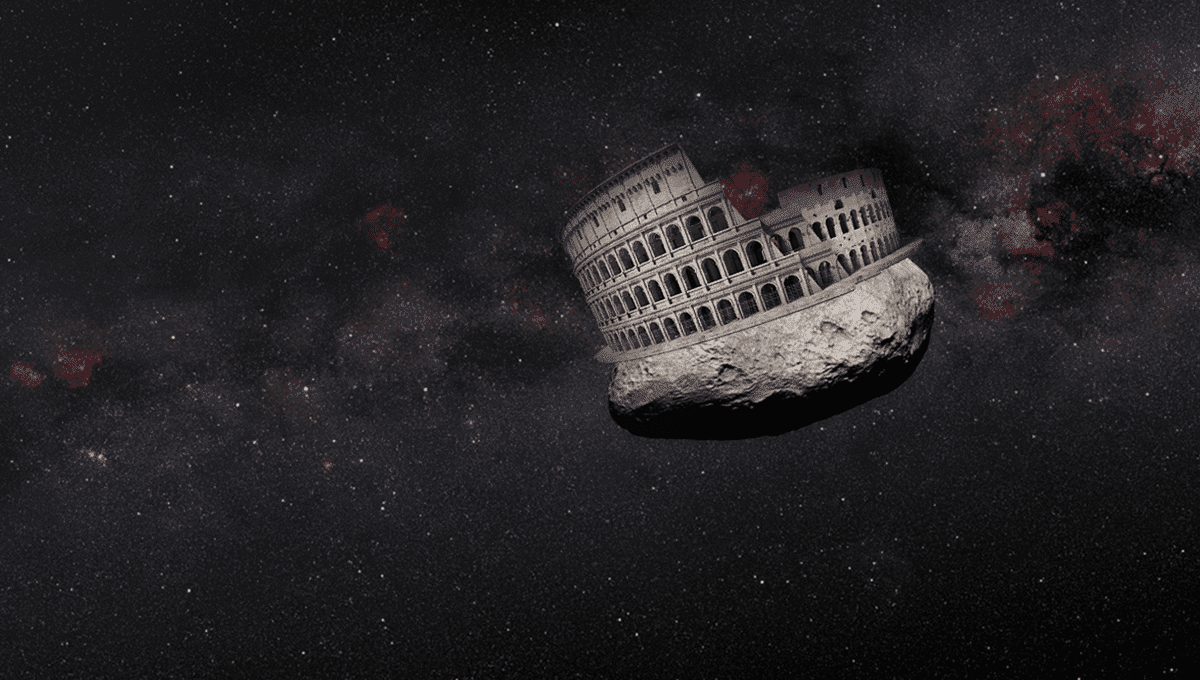
JWST has discovered its first asteroid, and it is quite a small object, all things considered. The space rock is between 100 and 200 meters in length (300 to 650 feet), which is roughly the size of the Colosseum in Rome. It orbits the Sun in the main asteroid belt, which is located between Mars and Jupiter.
The discovery was serendipitous because the team were using the Mid-InfraRed Instrument (MIRI) to look at a different asteroid called (10920) 1998 BC1. The new, currently nameless, asteroid is likely the smallest object spotted by JWST yet, and more work from this and other observatories will be needed to work out its properties.
“We – completely unexpectedly – detected a small asteroid in publicly available MIRI calibration observations,” lead author Thomas Müller, an astronomer at the Max Planck Institute for Extraterrestrial Physics in Germany, said in a statement. “The measurements are some of the first MIRI measurements targeting the ecliptic plane and our work suggests that many new objects will be detected with this instrument.”
The observations of asteroid 10920 aimed to test the capabilities of some of the MIRI filters, but they actually failed due to the brightness of the object. But the team was still able to use these “failed” observations to test new approaches to calculate the object’s orbit and size in greater detail. And they got the bonus of finding a new asteroid along the way.
“This is a fantastic result which highlights the capabilities of MIRI to serendipitously detect a previously undetectable size of asteroid in the main belt,” concluded Bryan Holler, Webb support scientist at the Space Telescope Science Institute in Baltimore, Maryland. “Repeats of these observations are in the process of being scheduled, and we are fully expecting new asteroid interlopers in those images.”
A lot of the expectation around the ability of JWST to see the universe rested on how it would push the envelope of infrared observations. And on that front it is not disappointing, obtaining great insights into distant galaxies, and discovering molecules in the atmospheres of planets. But astronomers are also excited to see new discoveries, and this is among them. The new asteroid could be one of the smallest ever discovered in the asteroid belt.
The findings on both asteroids are published in the journal Astronomy & Astrophysics.
Source Link: Asteroid The Size Of The Colosseum Serendipitously Spotted By JWST